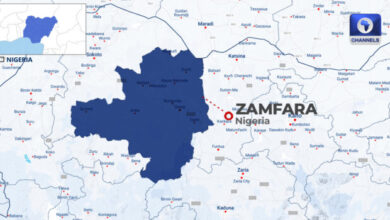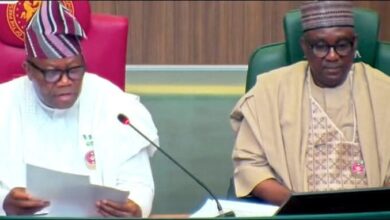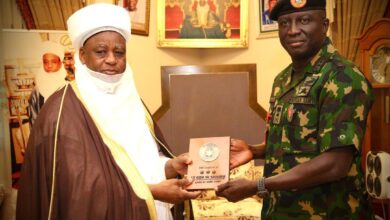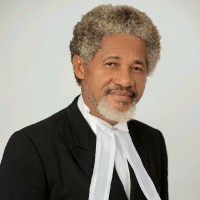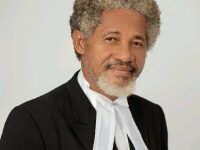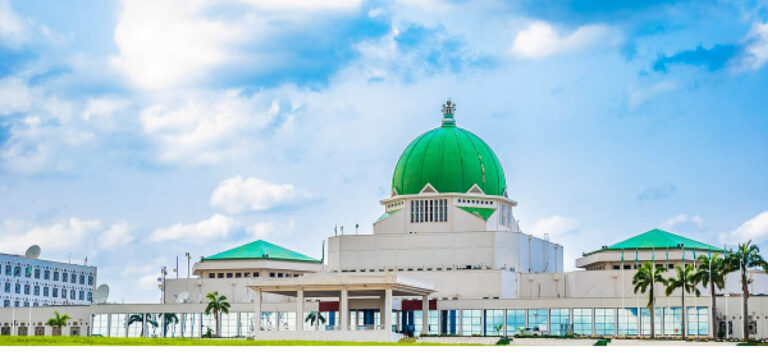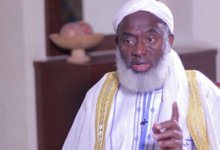EL-RUFAI: A pragmatic administrator’s insight into the development of Nigeria
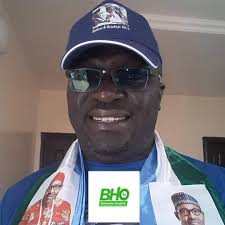
By UCHE DIALA
Insight from ‘INFRASTRUCTURE AND ECONOMIC DEVELOPMENT IN NIGERIA’, a Keynote presentation by Malam Nasir El-Rufai CON at the Annual General Meeting of Ronchess Ltd on the 24th of April 2025.
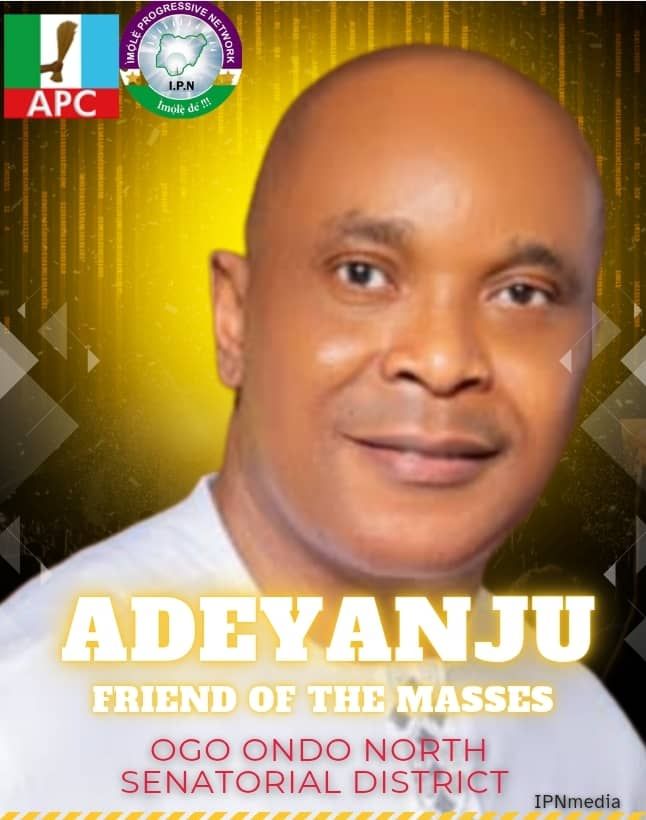
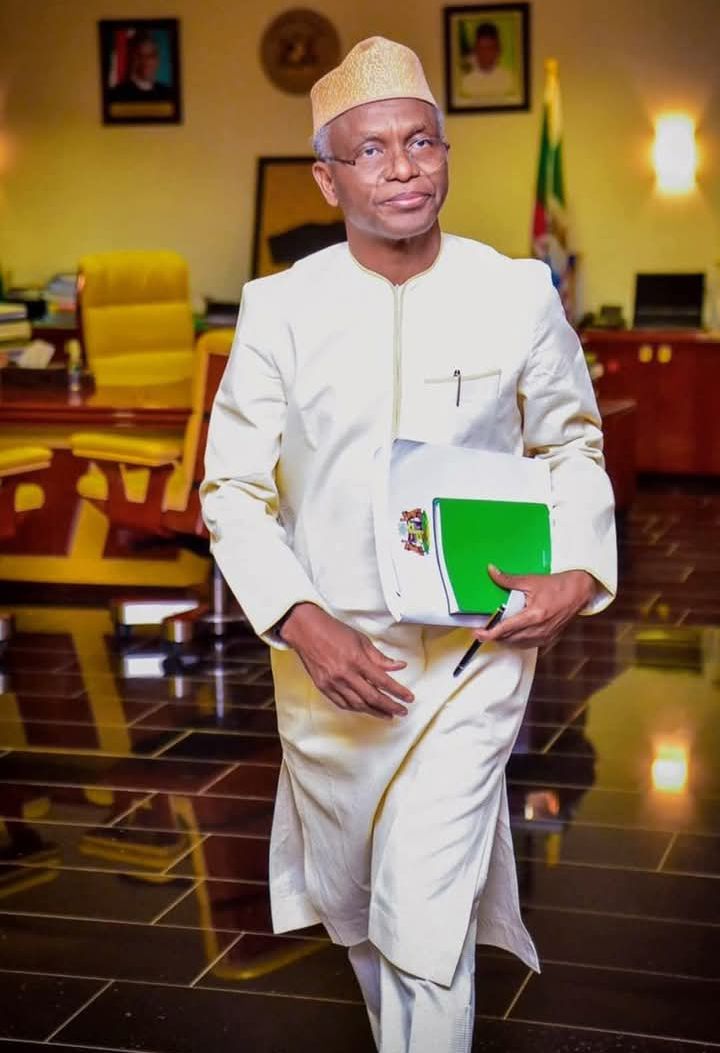
I. CHALLENGE OF ECONOMIC DEVELOPMENT IN NIGERIA
• Nigeria: a country of huge potential, but had lost opportunities and missed critical junctures.
• The rate of progress in developing key sectors has not kept pace with our growing population, natural and human resource endowments, and relative to peer/comparator countries.
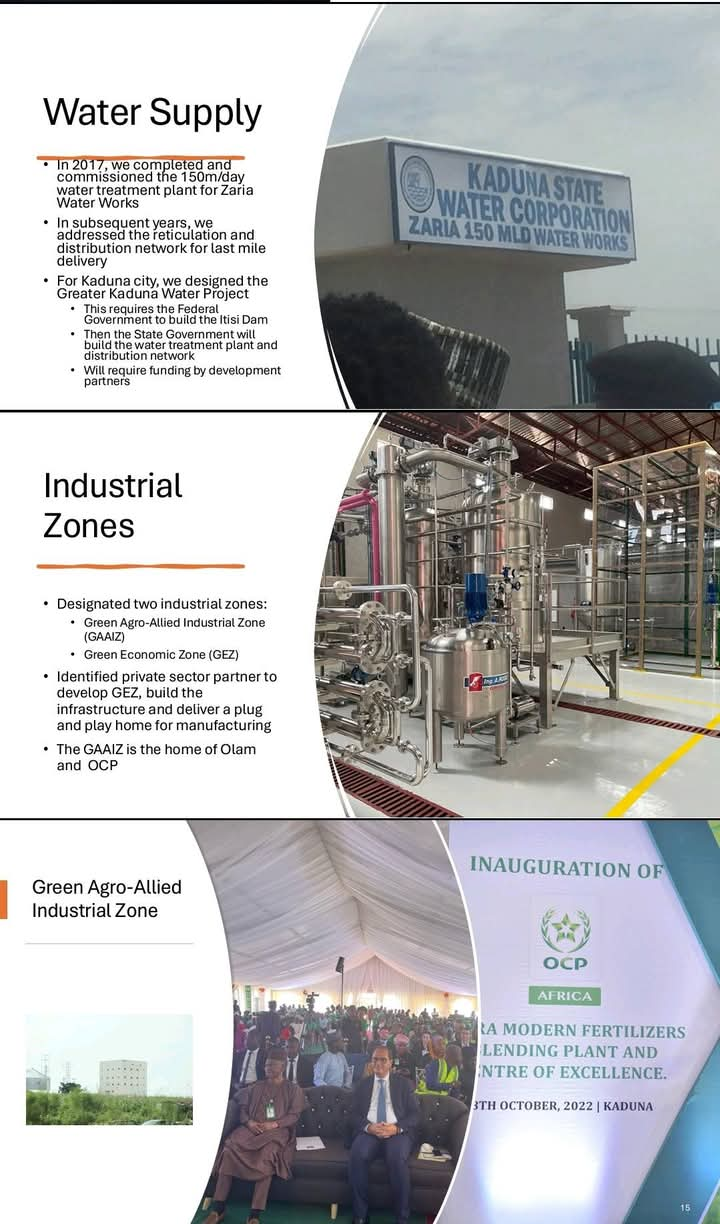
ii. CHALLENGES AND OPPORTUNITIES
• Human Capital Development:
• Nigeria has the lowest HDI compared to South Africa, Egypt, Ethiopia, Morocco.
• Economic contraction: GDP has declined to $187bn (World Bank/IMF). Still big in Africa, but small for our huge and growing population.
• Inflation: High inflation. Our National Bureau of Statistics data puts current core inflation at 24.3%.
• Unemployment: Significant, affecting mainly young people.
• Poverty: Contracting economy has slowed the pace at which people can be moved out of the multidimensional poverty trap – Nigeria in 2024 has the highest population of poor people in the World!
III. KEY ENABLERS OF ECONOMIC DEVELOPMENT
• NATIONAL ECONOMIC STRATEGY – Government choices as reflected in macroeconomic, industrial, trade, fiscal and monetary policies.
• HARD & SOFT INFRASTRUCTURE – The infrastructure for enabling production, distribution and exchange.
• SECURITY, LEGAL AND JUDICIAL SYSTEM – The structure, efficiency and effectiveness of the police, judiciary and compliance with rule of law.
• EASE OF DOING BUSINESS – The business climate, access to finance and government-led sectoral, industrial and trade policies.
• HUMAN CAPITAL DEVELOPMENT – Investment in healthcare, education, youth incentivizing, gender empowerment, and demographic intergenerational transition.
IV. THE CONNECTION BETWEEN INFRASTRUCTURE AND DEVELOPMENT
• No healthcare system without healthcare infrastructure – hospitals, doctors, etc.
• No industries without infrastructure for efficient production – electricity, telecoms, etc.
• No commerce without regulations, markets, distribution network & commercial spaces.
• No education without learning infrastructure – standards, regulations & qualified teachers.
V. WHY INFRASTRUCTURE MATTERS
• Government policy must prioritise infrastructure, its provision, continuous expansion and continuous maintenance.
• The colonial government structured the Nigerian economy to export primary produce, and therefore built an infrastructure network (eg railway, government housing) network to support that choice. We merely accepted these.
• We must decide what are our key national economic and social priorities and build the hard and soft infrastructure for attaining them.
• The regional governments of the First Republic established farm settlement and industrial estates to anchor their aspirations for food security, exports and manufacturing hubs.
VI. DEVELOPING AND MANAGING INFRASTRUCTURE: MY FCT EXPERIENCE
• Restoring Abuja Masterplan
• Roads Maintenance and Expansion
• Water Expansion and Debottlenecking
• Accelerated Development Programme
• Digital Land Registry: AGIS Street Naming and House Numbering
• Satellite Towns development and management.
VII. DEVELOPING AND MANAGING INFRASTRUCTURE AT THE SUB-NATIONAL LEVEL: THE EXPERIENCE IN KADUNA
• Infrastructure Masterplan: Developed and presented a 32-year plan for developing infrastructure in Kaduna State.
• Green Agro-Allied Industrial Zone – Agricultural production and value-addition.
• Green Economic Zone – Inland manufacturing and assembly facility to replicate Bangladesh, Chinese and Indian experience.
• Special Agricultural Processing Zones for ginger, maize, soyabean, sorghum and tomato.
• Kaduna State Urban Renewal Programme – hard and soft infrastructure revitalization and expansion.
• Social Infrastructure: Introduction of primary school feeding, expansion of schools, replacement of unqualified teachers, introduction of technology, etc.
• Electric Power: Expansion of generation, deployment of solar and other renewables for key public facilities and functions, etc.
VIII. THE KADUNA INFRASTRUCTURE MASTERPLAN (2018 – 2050)
• Designed to create a conducive environment in which the people of Kaduna can develop the economy and promote their well-being.
• Sought to make Kaduna State competitive by gradually reducing infrastructure-related constraints to business and ensuring better living conditions for the people.
• Built on the Kaduna Masterplan that was published in 1967 and updated in 2010 Aimed to ensure that by 2050 Kaduna becomes a role model for Nigeria’s urban development, leveraging its strategic location in the northern urban corridor (Abuja-Kaduna-Zaria-Kano).
• Identified the core infrastructure development interventions in key sectors: transportation, education, health, Water, sanitation, agriculture.
• Aligned with Goal 9 of the Sustainable Development Goals on Industry, Innovation and Infrastructure.
IX. SUSTAINING THE INVESTMENTS IN URBAN INFRASTRUCTURE
● Metropolitan Authorities
• Abuja is unique among Nigerian cities in having a single authority exercising responsibility for its management. This enables the city to be run as an organic whole.
• We tried to recreate the Abuja City management structure to run the three major cities in the State: Kaduna, Kafanchan and Zaria, each of which straddled several local government areas and did not have any department or agency looking after it or providing coordinated services like waste management, road construction and maintenance, drainage management, parks and gardens, etc.
• Therefore, in 2021, we established by law, three metropolitan authorities to remedy this defect and sustain the investments in urban renewal:
• Kaduna Capital Territory Authority.
• Kafanchan Municipal Authority.
• Zaria Metropolitan Authority.
• A cabinet-level Commissioner was appointed to administer each Metropolitan Authority.
X. SOME LESSONS
• Infrastructure is expensive, but it is a necessity for public welfare and economic development.
• The time to build infrastructure is yesterday.
• The design and funding of hard infrastructure must embed its sustainability and maintenance.
• Infrastructure is a continuous investment.
XI. OPTIONS FOR ACCELERATING INFRASTRUCTURE PROVISION AND MAINTENANCE
• A National Infrastructure Masterplan: Where do we want to go?
• Pragmatic choices Between what is best done by government and that which thrives best with private investment
• Roads and Railways: Expand the road and railway networks
• Public Transport: A scandal that public transport is a nightmare in our cities. Urgent challenge to license service providers and support them to provide affordable services.
• Industrial Estates: Provide infrastructure that reduces set up and running costs for businesses.
• Financing: How can we mobilise long-term funding for infrastructure
XII. FINAL THOUGHTS…….
• We have missed many opportunities between the 1970s and 1980s, and a critical juncture was ignored in 2007.
• Need for a coherent national economic strategy, clear industrial policies, competent and committed leadership with focused and cost-effective implementation.
• Clear choices lie ahead – the new vs. old, good vs. evil, progress vs. stagnation, visible improvements vs. online propaganda, and confident optimism vs. despondent hopelessness will stare us in the face – now and going forward.
• This governance crisis is an opportunity that must not be wasted – lessons are being learnt:
• Pressing Need for a programme of service, a governance framework detailing what will be done to solve urgent national problems. Not a ritual manifesto.
• There is an urgent need, not for an arithmetic of power, but a programme that addresses and solves our societal problems.
© Nasir El-rufai
■ Adapted By Uche Diala


